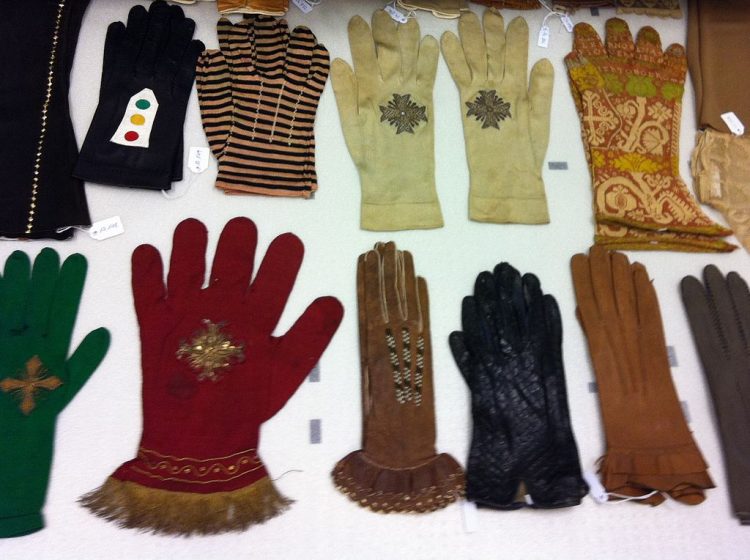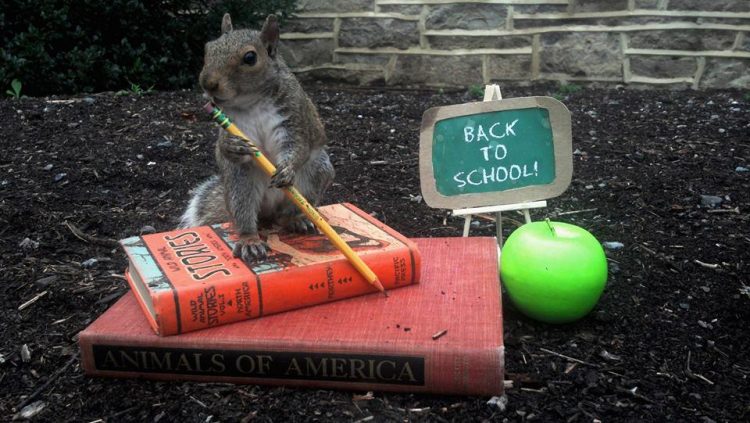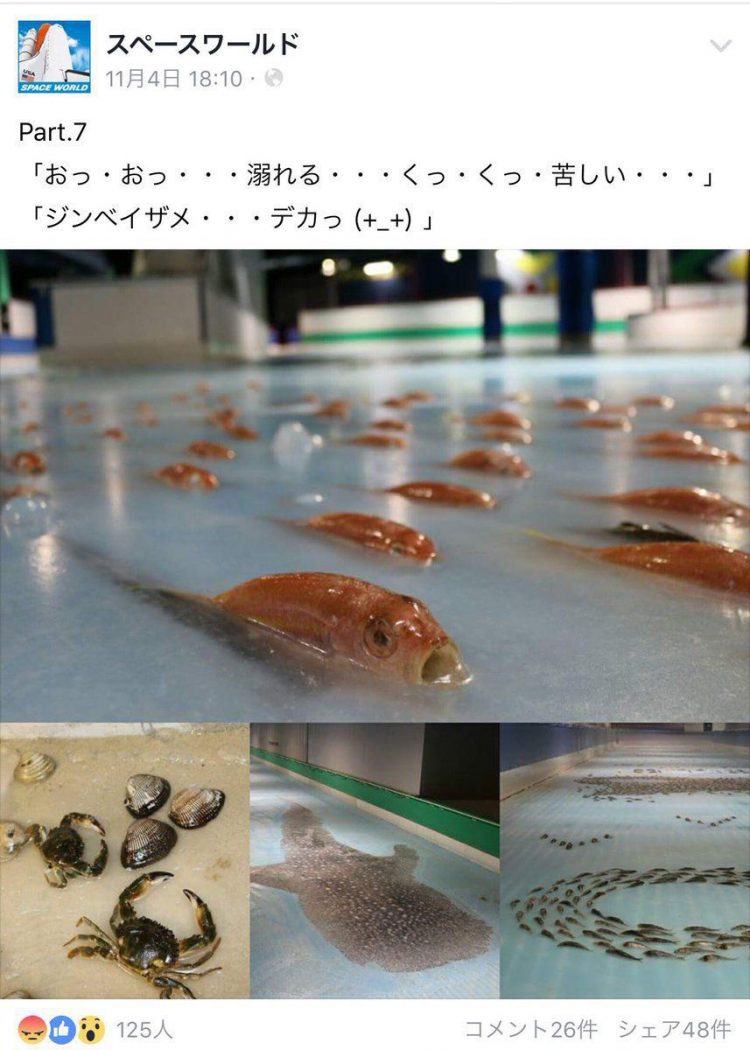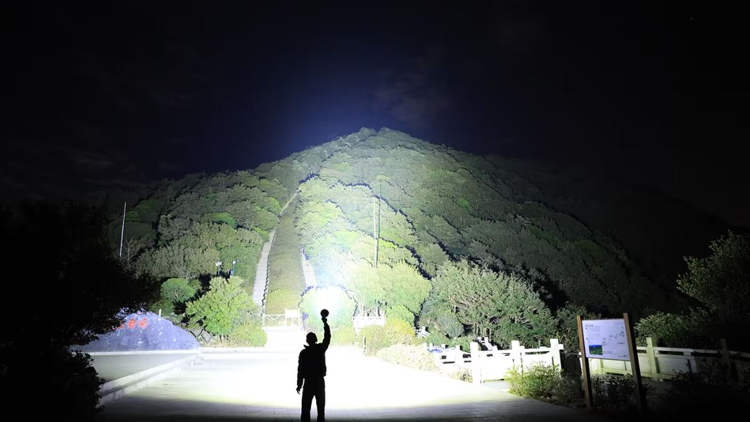From the outside, the Jardines del Humaya Cemetery, in Culiacan, Mexico’s Sinaloa state, looks pretty ordinary, but the deeper you go, the more you get the impression that the place is actually a rich suburb full of over-the-top mansions. These are actually the world-famous mausoleums of some of the most ruthless “narcos” in Mexico.
They say you can’t take your money with you when you die, but that doesn’t mean some people don’t try, or at least take it all the way to the doorstep into the afterlife. Even in death, members of the dreaded Sinaloa cartel love nothing more than to flaunt their ostentatious lifestyle in the form of elaborate mausoleums that cost a lot more than an average family home in Mexico. Jardines del Humaya has become famous for its impressive villa or chapel-like tombs, with people from all over Mexico, and sometimes from abroad, traveling there just to see them in person.
Visiting a cemetery in one of the most dangerous places in Earth doesn’t sound much like a trip too many people would like to make, but there is no denying that the dozens of tombs in the cemetery’s “high-class” area are worth a look. Once you pass the average-looking graves of the poorer folk, near the entrance to Jardines del Humaya, you are treated to a plethora of architectural wonders all of which seem out of place in a cemetery. There are mansion-like mausoleums, two-story villas, small chapels, and even miniature castles, all built to show the greatness of the people resting in them.
And it’s not just the outside that’s impressive about these luxurious mausoleums. According to several reports, many of them come with modern amenities that many regular Mexicans can only dream of, like 24-hour air-conditioning, living rooms, bedrooms, fully equipped kitchens, bulletproof glass, alarm systems and wi-fi. All so that visiting families and friends can enjoy their stay.

“It’s an expression of the power that they once had and a manifestation of their desire for eternity, which is natural in any human being,” Juan Carlos Ayala, a philosophy professor at the Autonomous University of Sinaloa, said about the uncanny narco mausoleums. “It’s also a demonstration for those who survive them that this man was important.”
Professor Ayala estimates that the cost of some of these lavish mausoleums reaches up to $390,000, but according to a Daily Mail article from last year, some of them actually cost much more than that. For example, the massive mausoleum complex built for Arturo Guzman Loera, the brother of the famous ‘El Chapo’ Guzman, reportedly cost $1,200,000 to build, and features several bedrooms, 24-hour surveillance and air-conditioning, among others.
The mausoleum of Arturo Beltran Lyva, ‘The Boss of All Bosses’, looks like a small castle-fort and features satellite television, wi-fi internet connection, kitchen, bedrooms and a burglar alarm. It is estimated to have cost around $600,000.
With these lavish tombs boldly flaunting the lavish lifestyle of their permanent inhabitants, it’s no wonder that Mexican authorities have been considering placing a ban on such structures, to deter young people from joining drug cartels.
Interestingly, outrageously luxurious tombs and mausoleums are not unique to Mexico’s narco culture. Earlier this year, we featured Manila’s ‘Beverly Hills of the Dead‘, a Chinese cemetery filled with mansion-like mausoleums that are also equipped with state-of-the-art facilities.
via BBC



















